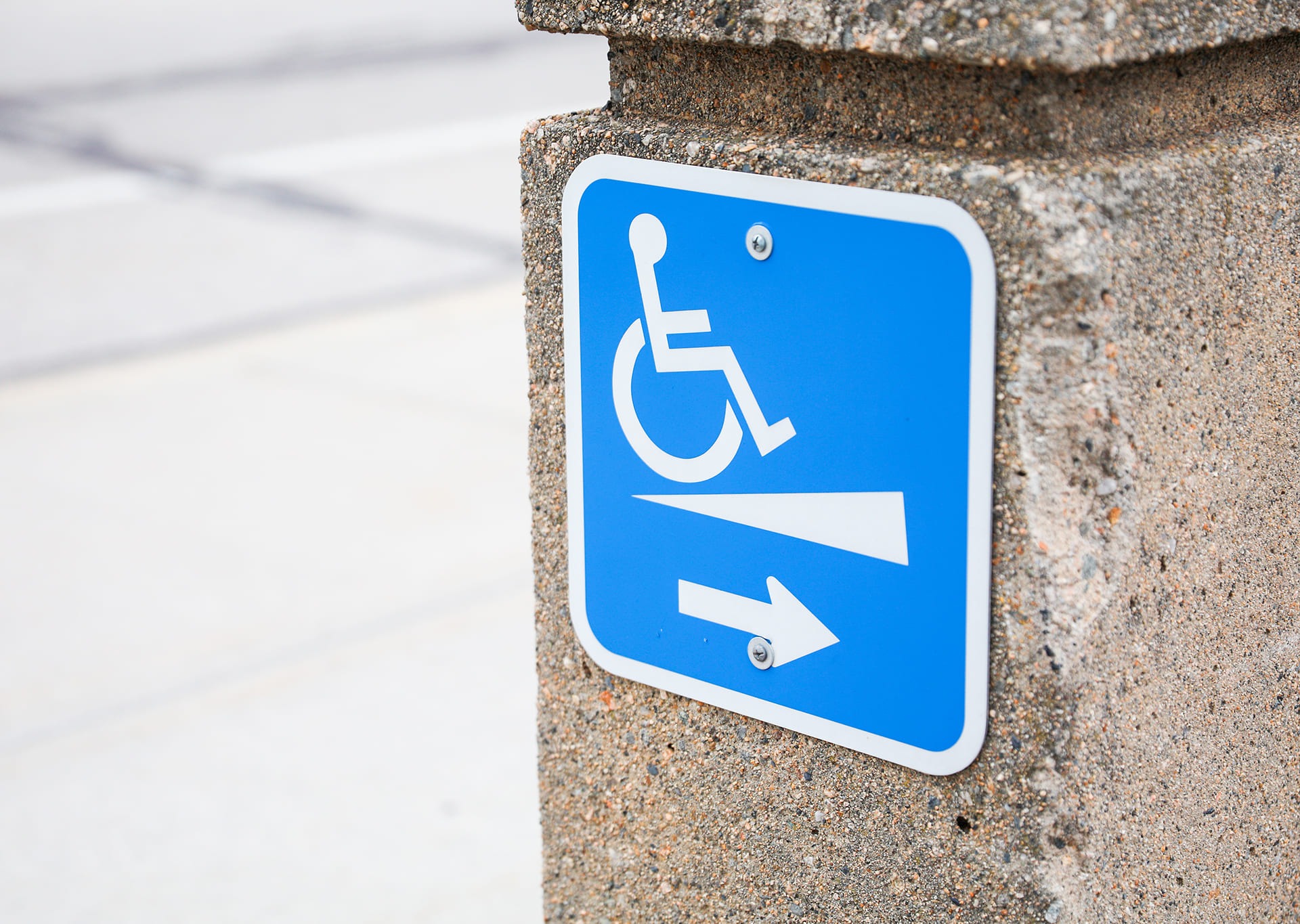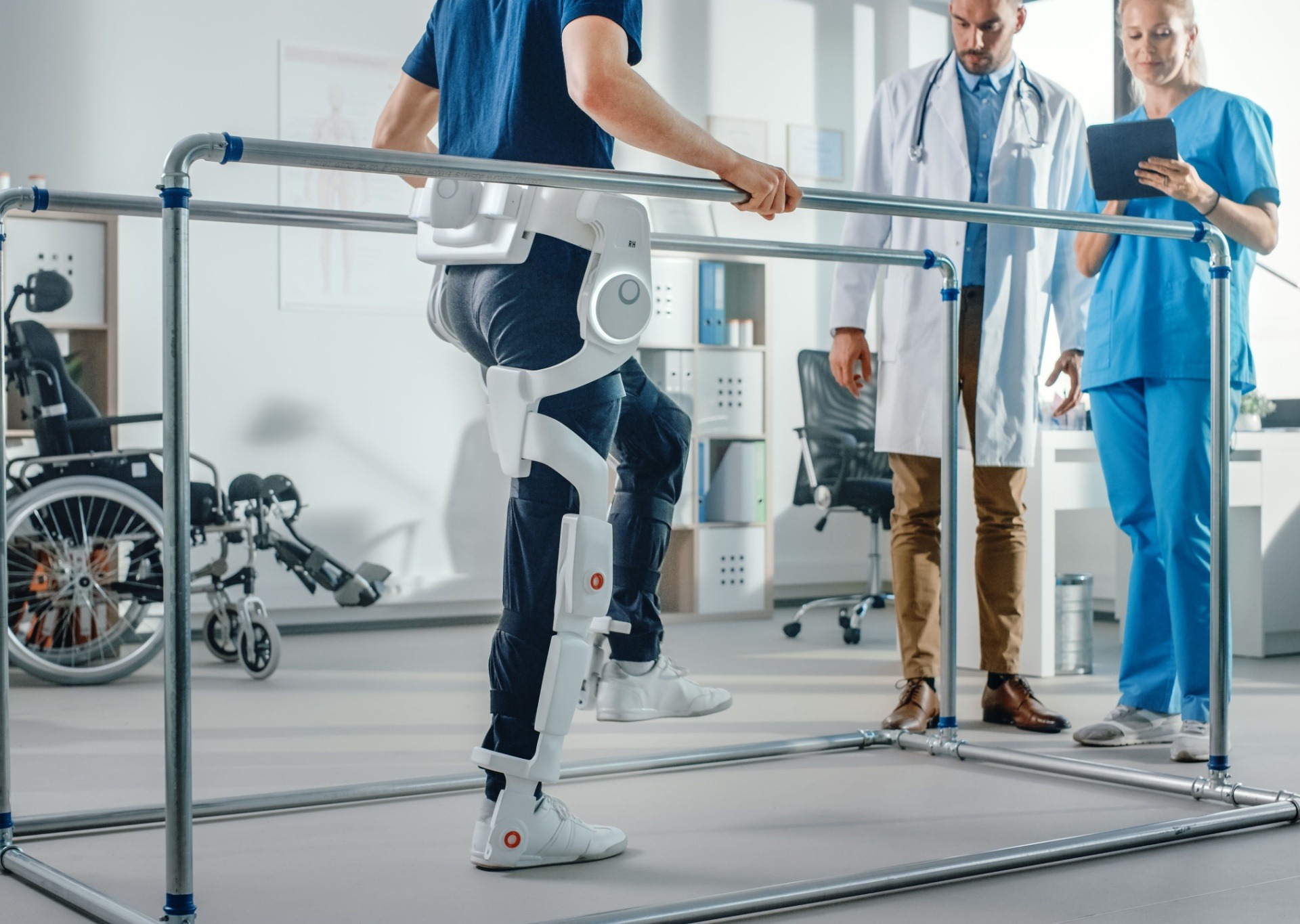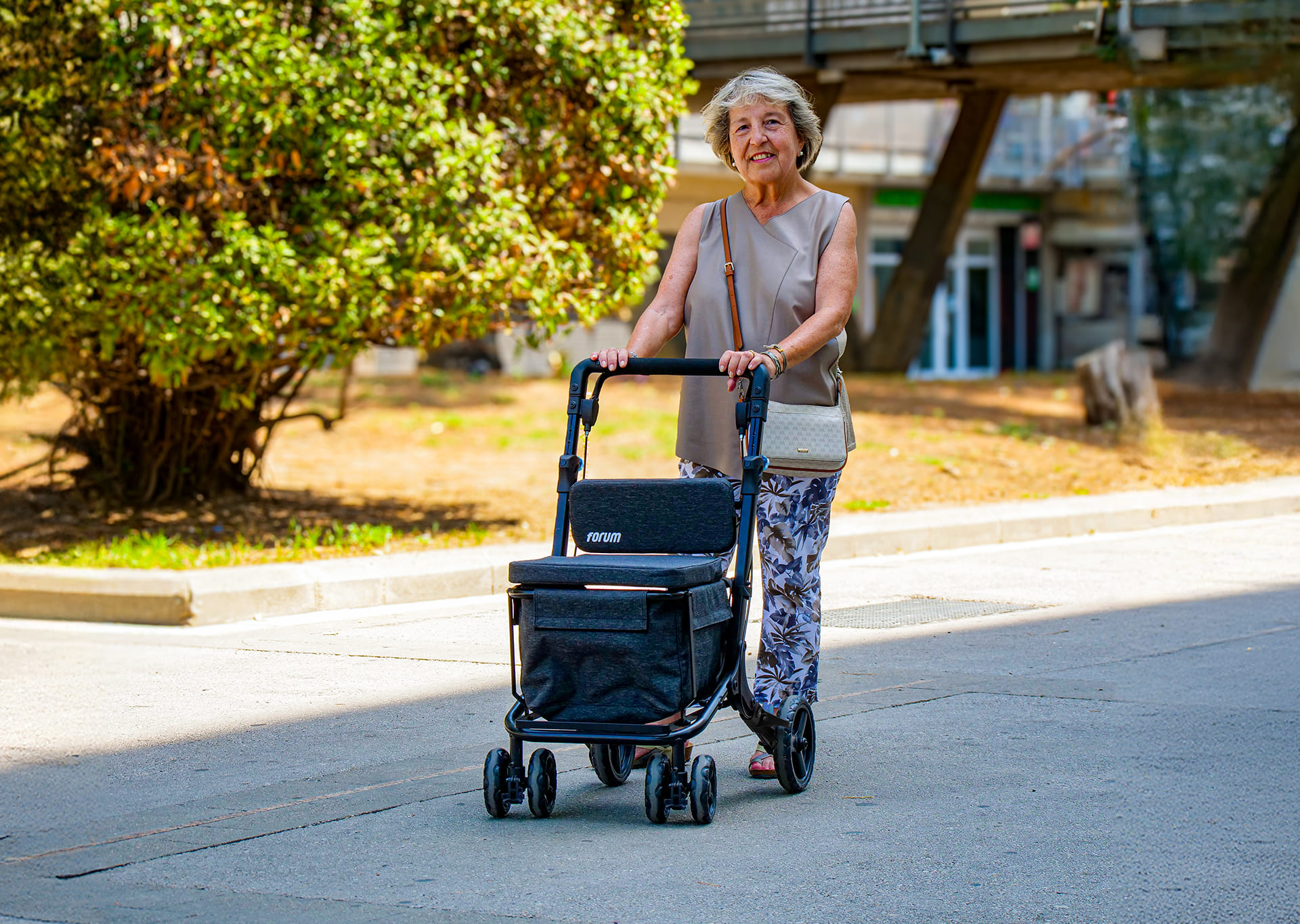
Discovering the history of accessibility in public spaces
Did you know that accessibility in public spaces is a relatively recent achievement? Today, we can navigate cities without even noticing features like ramps, adapted elevators, or tactile floor markings. However, just a few decades ago, people with functional diversity faced enormous difficulties navigating urban environments designed without their needs in mind.
The accessibility we take for granted today is the result of years of struggle, technological advances, and legislative changes. Before laws requiring inclusive public spaces existed, people with reduced mobility, visual impairments, or any other condition lived in a world full of physical and social barriers.
In this article, we explore the fascinating journey of accessibility in public spaces, from its earliest initiatives to current innovations that have transformed the way we experience our cities.
From barriers to bridges: the first steps toward inclusion
In ancient times, cities were not designed for universal accessibility. Cobblestone streets, monumental staircases, and buildings without ramps or elevators excluded many people from social and economic life. Limited mobility often meant forced isolation.
It was in the 20th century, with the rise of modern urban planning, that the need to design more accessible spaces began to be considered. However, at first, these changes were isolated and depended more on goodwill than established regulations.
The real change came with the first accessibility laws. In 1968, the United States marked a milestone with the passage of the Architectural Barriers Act, the first law requiring federal buildings to include accessible elements. This was the starting point of a global movement that led many countries to follow suit.
In Europe, accessibility began to gain prominence in the 1980s and 1990s. In Spain, for example, the Law on the Social Integration of the Disabled (LISMI) was key in promoting the installation of ramps, lowered sidewalks, and elevators in public spaces, improving the quality of life for many people.
Architectural innovations that changed cities
In addition to laws, advances in architectural design have been fundamental in transforming cities into more accessible environments. Elements such as handrails on stairs, platform lifts, and tactile floor marking systems have allowed millions of people to move around more independently and safely.
An important milestone in raising awareness of accessibility was the creation of the international symbol of accessibility in 1968. Designed by Danish architect Susanne Koefoed, this wheelchair icon became a universal symbol of inclusion, reminding governments and architects of the importance of designing open spaces for all.
Cities like Barcelona and Berlin have been recognized for their accessibility efforts. These cities have implemented adapted transportation systems, inclusive museums, and streets designed for people with reduced mobility, demonstrating that accessibility is not only a necessity, but a right.
However, accessibility remains a challenge in many parts of the world. In developing countries, a lack of infrastructure and regulations means that millions of people continue to face daily barriers to moving freely.
Conclusion
The history of accessibility in public spaces is a testament to the social and technological progress we have achieved. What was once an isolated struggle is now a recognized right in many parts of the world, thanks to a combination of architectural advances, legislation, and changes in collective mentality.
However, there is still a long way to go. Many cities continue to face challenges in ensuring universal accessibility, and in some countries, architectural and digital barriers continue to limit the lives of many people. The real challenge is not only to design accessible spaces, but also to foster a more inclusive society, where accessibility is not perceived as an additional benefit, but as an essential norm. As technology and social awareness advance, we can look forward to a future where all people, regardless of their abilities, can move freely and with dignity in any environment.








